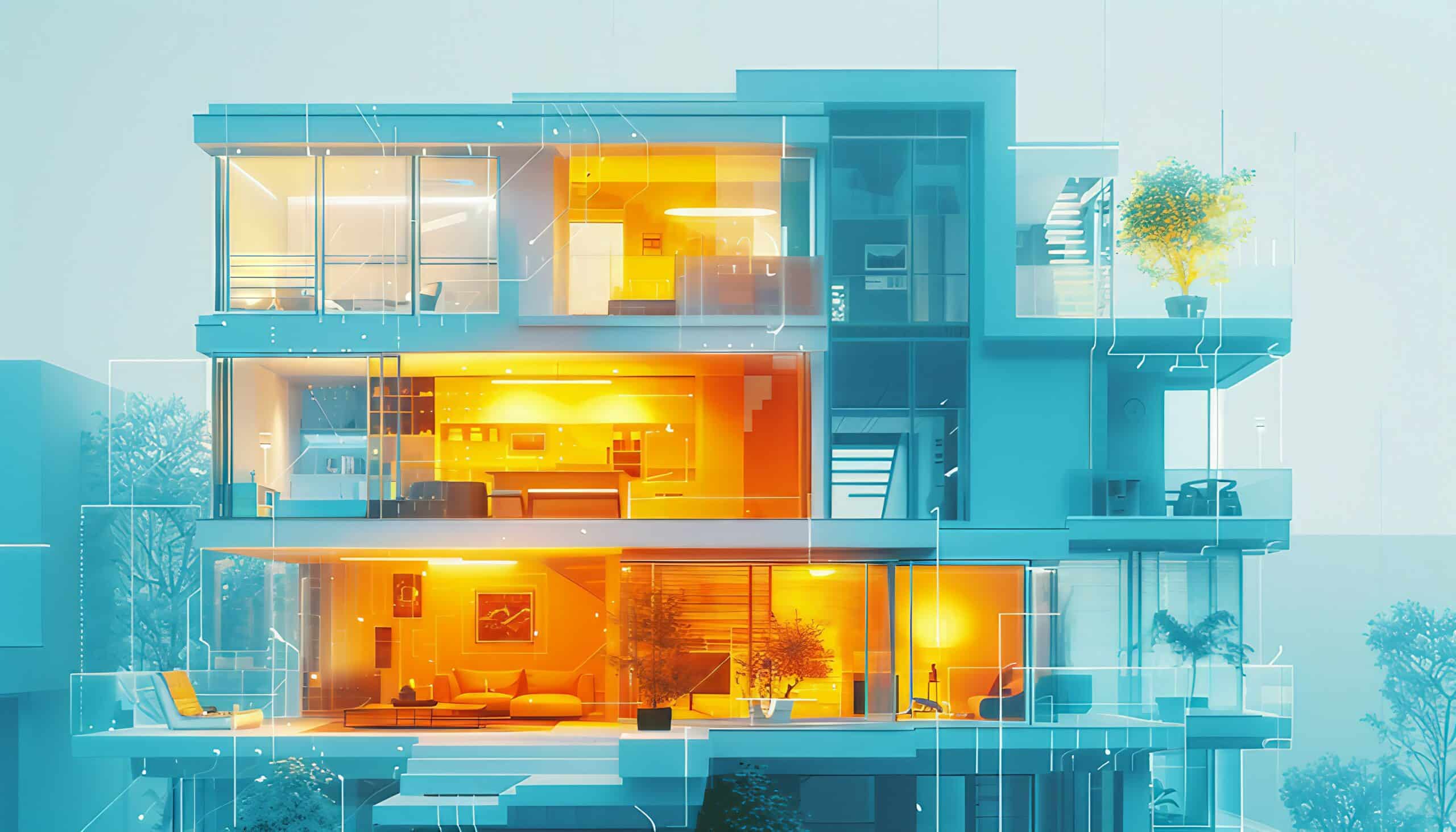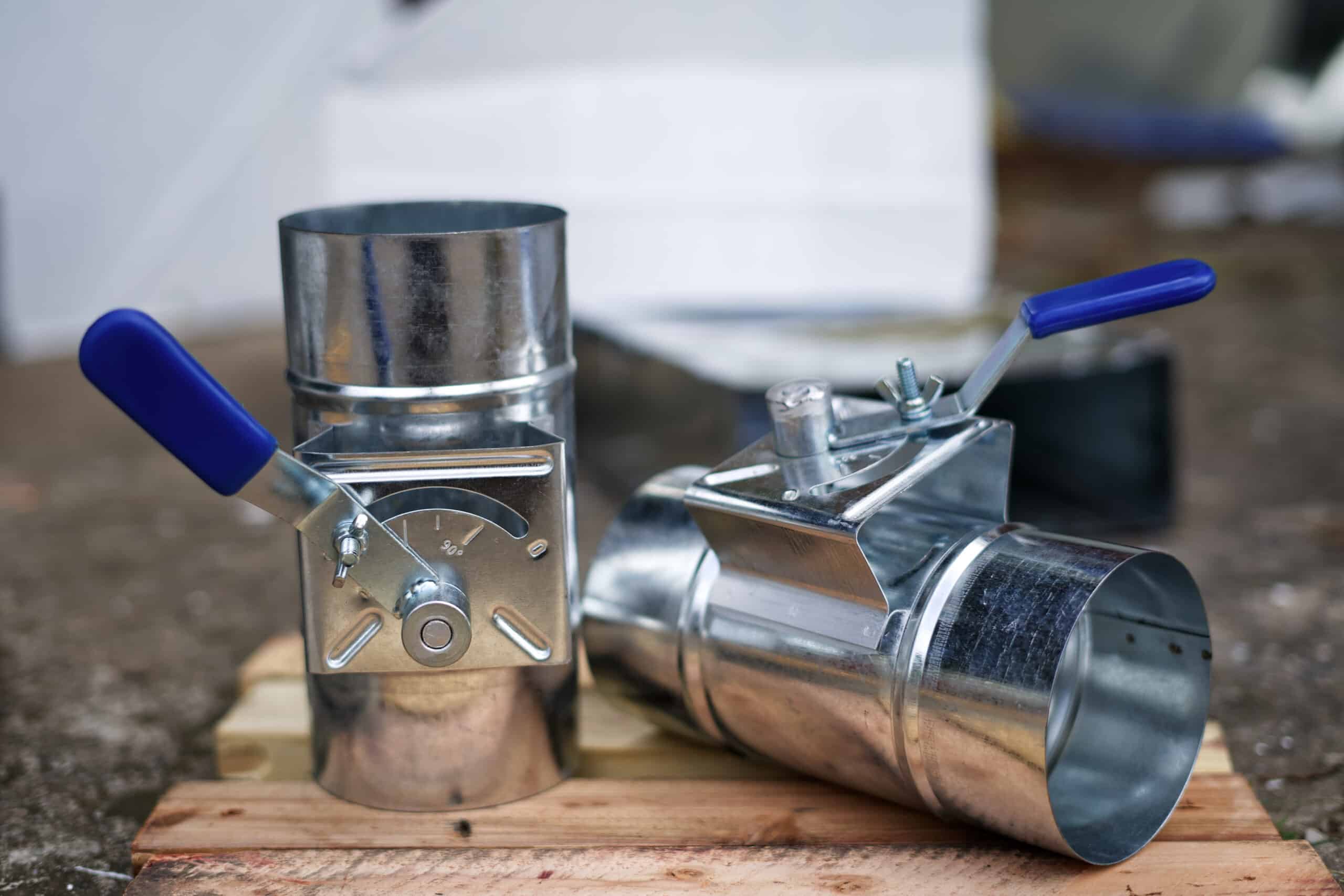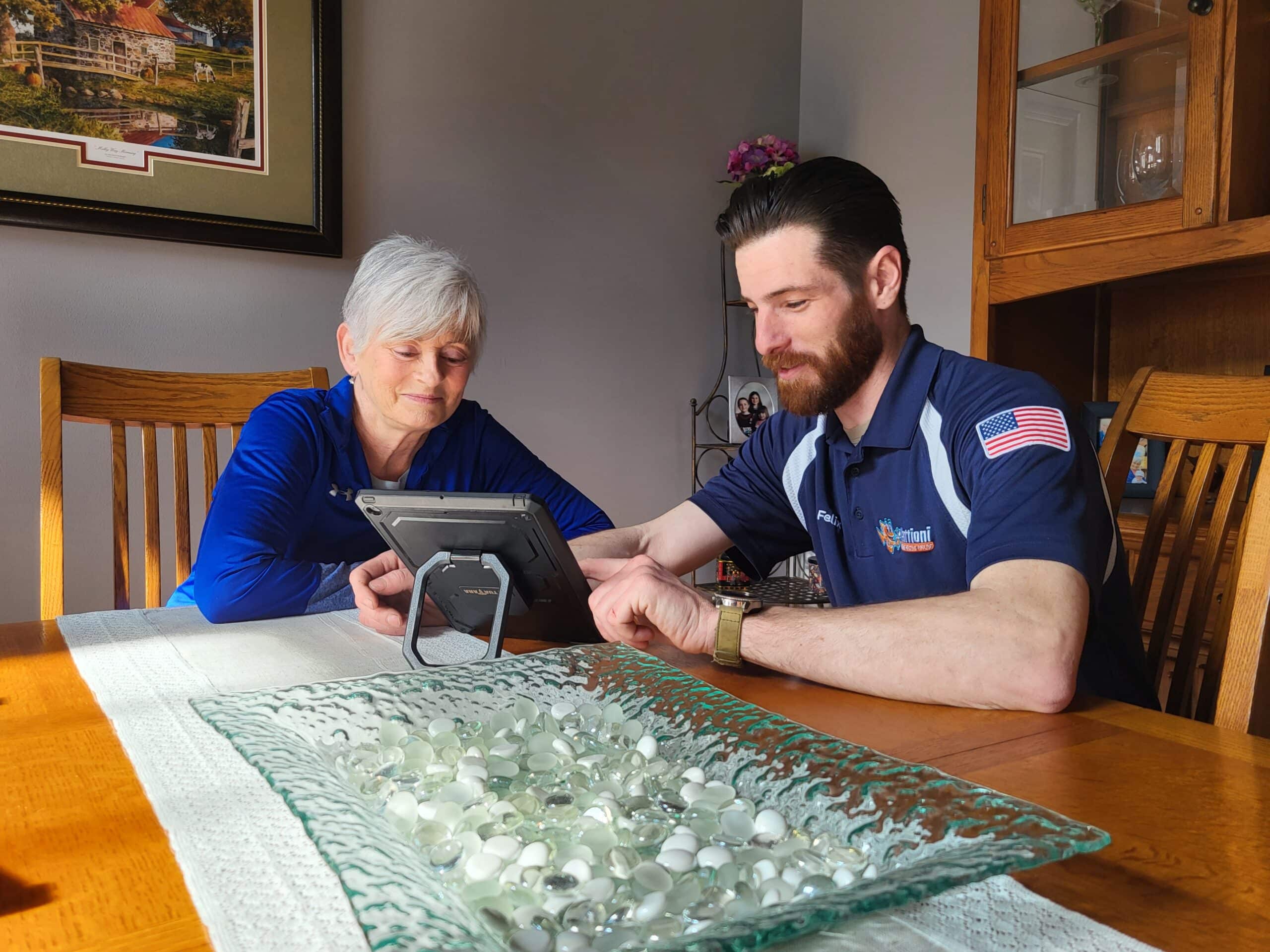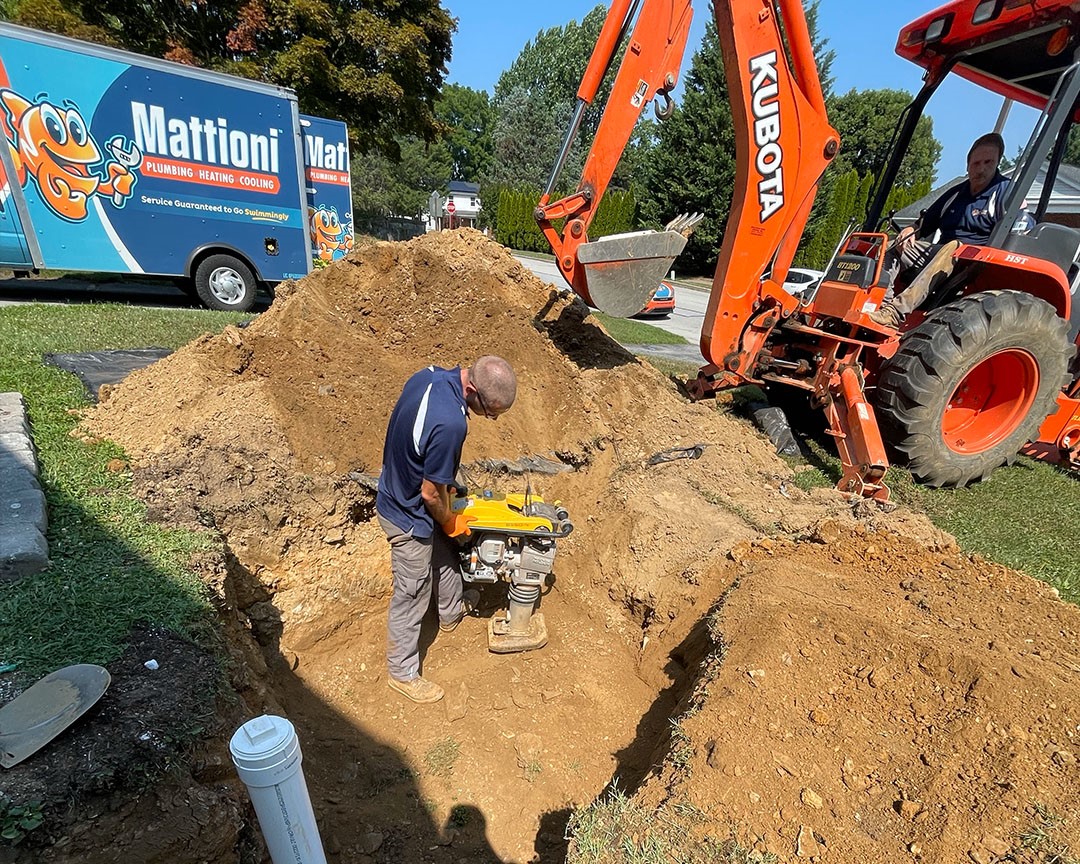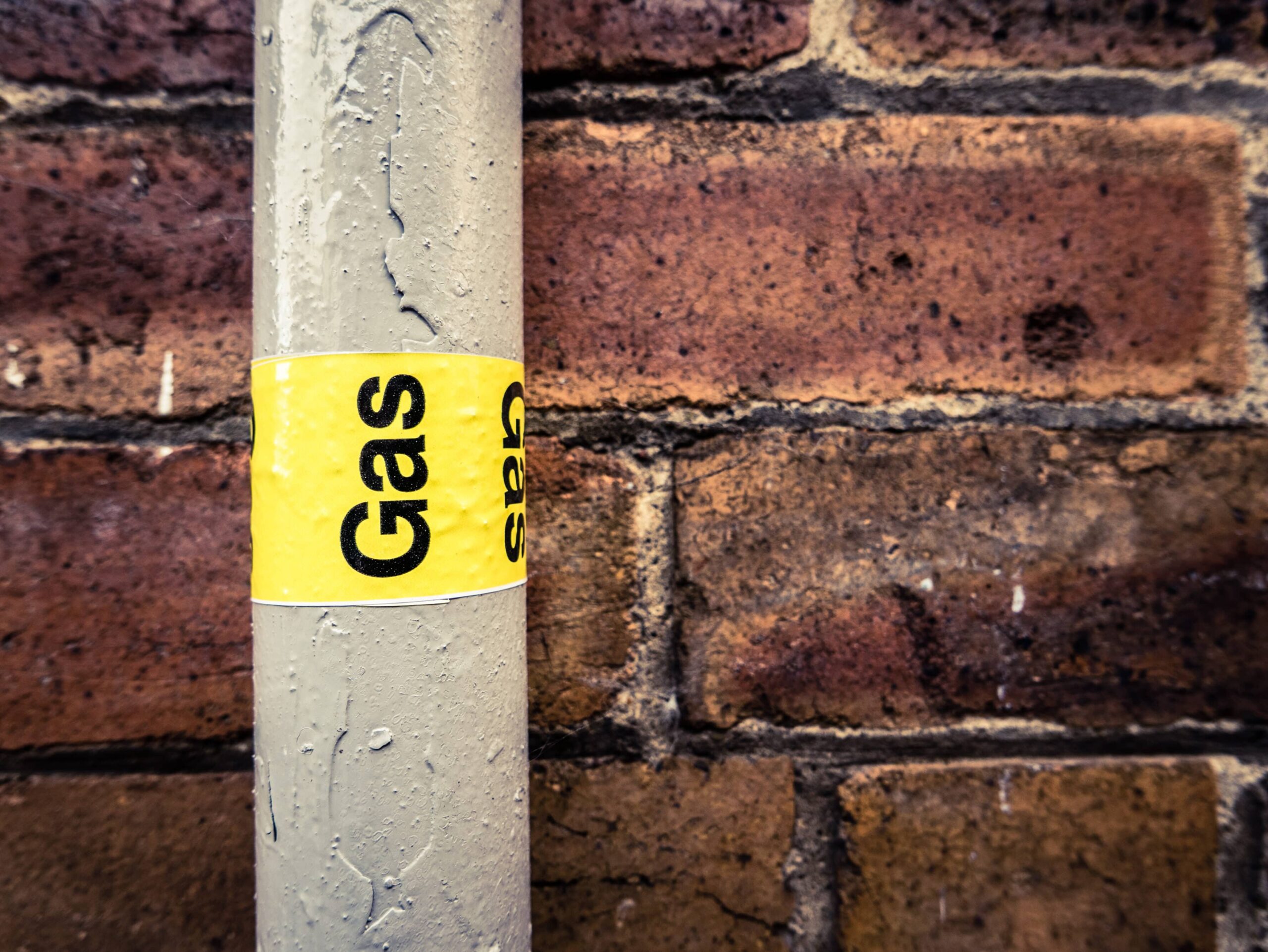|
Getting your Trinity Audio player ready...
|

Zoning your HVAC system’s ductwork can solve the persistent issue of uneven temperatures throughout your home. Learn about which zoning method is best for your home.
Have you ever noticed (or been frustrated by) certain parts of your house getting too hot or too cold even though your heating or cooling system is running?
You probably experience comfortable temperatures in rooms closest to your thermostat, like your living room, kitchen and dining room. However, things like freezing basements, sweltering bedrooms, or any noticeable change in temperature as you move from room to room can leave you questioning the overall quality of your heating and cooling systems.
If this rings a bell, you’ll want to learn about how HVAC zoning works to solve uneven temperatures throughout a house.
No matter which room or area in your home needs a comfort reboot, the HVAC team at Mattioni can help you explore your zoning options so you can pick a solution that’ll solve your problem and fit your budget.
In this article, we’ll first explain what is meant by “zoning,” and after that, we’ll give some examples of what different solutions work best for different types of homes.
What’s Zoning and What Causes The Need For It?
When we use the word “zoning,” what we’re referring to is the process of segmenting your home into different areas and supplying the areas with different levels of heating or cooling based on that zone’s needs.
Zoning your home is a proven way to solve uneven temperatures throughout your home, improve comfort, and even increase energy efficiency.
Some common causes of uneven temperatures are:
- Large windows
- The direction that your house faces
- High ceilings
- Basements
- Living spaces are located above the garage and in the attic.
You should also start to think about the number of thermostats in your home. If you only have one thermostat, your heating and cooling systems are only capable of reading the temperature in one room, usually in a central location in your home. In this situation, your thermostat is completely blind to the rest of your house.
Before You Zone Your Home
Before you begin zoning your home, it’s smart to schedule an HVAC tune-up to make sure that something like a dirty filter, leaky ductwork, or improperly maintained equipment isn’t the root cause of your uneven temperatures.
You can also ask your HVAC professional if your airflow can be improved by closing off vents in unused rooms. Be careful when doing so on your own, however, as it has the potential to backfire and further hinder airflow. Nevertheless, when done properly with the assistance of an HVAC professional, it sometimes does the trick.
What Are The Best Methods To Zone Your Home?
Zoning your home is done in one of a few ways:
- Connecting multiple temperature sensors
- Using dampers to moderate airflow
- Installing an auxiliary HVAC system
1. Connecting Multiple Temperature Sensors
Ok, so connecting more temperature sensors to your thermostat isn’t, technically speaking, zoning as it doesn’t involve segmenting your HVAC systems.
However, it’s a relatively inexpensive and minimally invasive method that increases your thermostat’s visibility of overall temperatures in your home. For some homeowners, this is an adequate solution to uneven temperatures.
By spreading out temperature sensors to rooms on different floors, your thermostat can find the average temperature of your whole home. This will give it a better chance of getting most of your home closer to your set temperature.
Again, this approach isn’t technically zoning as it doesn’t involve any ductwork updates or new installation of any kind, however many homeowners are happy with it as a solution to hot and cold spots.
2. Using Dampers To Moderate Airflow
Now we’re getting into some more extensive zoning options that’ll provide your heating and cooling systems with more customizability.
When zoning your home, you’ll first need to identify the physical spaces that will make up each zone. When doing this, think about where you typically spend time in your home at different times throughout the day. Aim for about 3-4 distinct zones, and then you can install dampers to the duct channels that lead to each.
Dampers are essentially valves that moderate airflow within your ducts, so that you can precisely calibrate how much air is forced to each zone in your home.
Unlike temperature sensors, dampers directly impact your HVAC system’s airflow. You’ll have the option of installing either manual or automatic dampers.
Understanding Manual HVAC Dampers
Manual dampers are a relatively inexpensive zoning option that involves ducting in several valves near your supply trunk, which are then adjusted by hand to change the airflow in your home as outdoor temperatures change.
The big benefit of this method is that you’ll have complete access to turn up or down airflow to different parts of your house by opening or closing these valves.
Be sure to talk with an HVAC professional as you get your manual dampers calibrated because, depending on the size of your ducts, it has the potential to choke airflow which will fail to solve the problem.
Manual dampers require little up-front costs and ongoing maintenance, however it could take some testing to find the best airflow for balancing the temperature.
Sometimes this simple solution makes all the difference with addressing the issue of uneven temperatures.
Understanding Automatic HVAC Dampers
Automatic dampers are similar to manual dampers, but they use motors to open and close the valves that lead to different areas of your home, based on that zone’s needs.
This system uses several thermostats or temperature sensors distributed in each zone of your home, which communicate each temperature back to the central controller that calibrates each damper automatically.
Many homeowners opt to install automatic dampers because of their flexibility and ease of use. Based on the sophistication of the system you choose, you’ll be able to adjust the valves remotely as needed, or the central controller will automatically adjust them to achieve individual temperatures in each zone.
While automatic dampers are much more efficient and user-friendly than manual dampers, installations come at a higher cost and more ongoing maintenance is needed.
Some Homes Are More Suited For Zoning Than Others
When it comes time to zone your home with dampers, an HVAC professional could tell you one of two things after inspecting your existing ductwork:
(1) Your ductwork is oriented properly to be zoned and you can begin the project, or (2) no zoning considerations were made when your home was built and therefore some modifications will need to be made before zoning can begin.
Depending on your existing ductwork, the extent of these modifications can range from quick replacements to gutting your whole system and installing new, properly sized ducts throughout your home.
To have an HVAC professional inspect your ductwork and evaluate it for either manual or automatic dampers, click here to schedule a free in-home consultation.
3. Install an Auxilliary HVAC System
Another zoning option at your disposal is bringing in a secondary HVAC system that can fill the gaps left by your primary heating and cooling systems.
Electric heating and cooling units, like mini-splits, are viable options that can be installed with several air handlers per outdoor unit.
This feature creates a lot of flexibility in forming zones in your home since you’ll be able to provide additional heating and cooling directly to each room that needs it. Once the system is connected, you’ll be able to directly control the temperature output of each air handler, as well as your original heating and cooling systems.
After you become acquainted with the new system and how it works alongside your primary heating and cooling systems, you’ll be able to choose how best the two systems work together for both comfort and energy efficiency.
What Are All The Benefits of Zoning?
Zoning your home with dampers or auxiliary heating and cooling systems is a luxury that’ll quickly enhance comfort, but will also save you money.
By setting up your home with a heating and cooling system that’s more effective at achieving precise temperatures in every corner of your home, your system’s energy efficiency will naturally improve.
You’ll be able to prioritize the comfort of different rooms, which means halting any heating or cooling that’s going to rooms that don’t need it.
Plus, once installed, your zoning system will allow you to easily adjust the temperature in every zone, giving you maximum control over where in your home you spend your money. Even a simple solution like manual dampers can go a long way in saving you money.
You might also want to consider indoor humidity solutions and indoor air quality products to further enhance the comfort of your home.
What Are The Next Steps To Zoning My Home?
If you haven’t already, discussing your home’s comfort level with an HVAC professional is a good way to learn more about which option might make sense for you.
Remember that the advantages of creating individual heating and cooling zones within your home are:
- Increased comfort
- Improved energy efficiency
Before having any work done it’s a good idea to have an in-home consultation to evaluate if any ductwork modifications will be necessary for your home to be properly zoned.
Mattioni’s team of heating and cooling experts has helped numerous homeowners in the Greater Philadelphia Region improve the comfort of their homes with zoning solutions.
We’re happy to talk with you about your options and answer any of your questions when you’re ready. Call at (610) 400-8510 or schedule an appointment online today.


